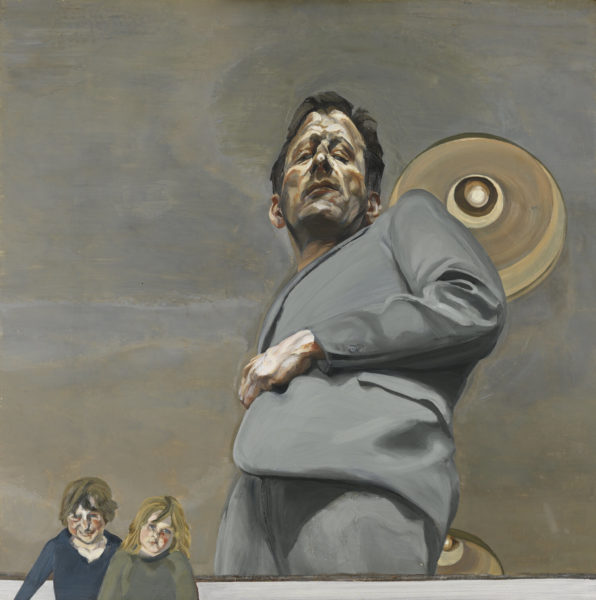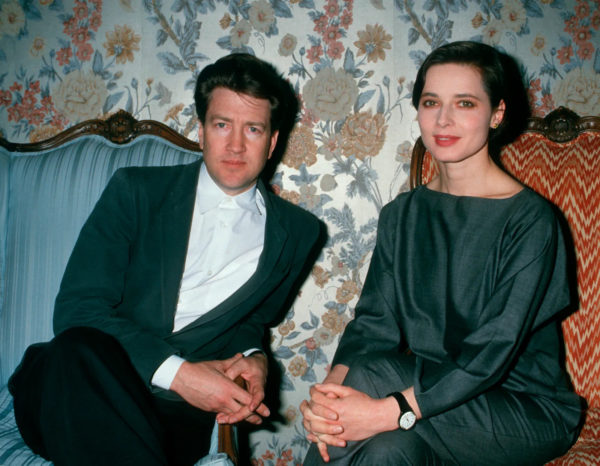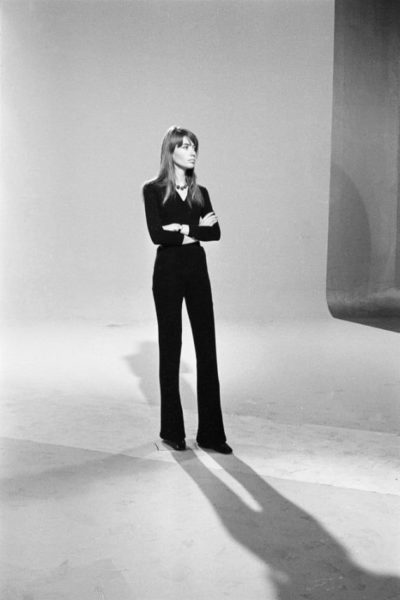Jeans are five-pocket trousers made of denim(fabric from Nîmes) - very strong cotton fabric, in twill w More: a cottonnatural cellulosic textile fiber constituting the seminal ha More twillfabric with diagonal ribs and grooves of varying widths - on More fabric with unbleached weftall the threads stretched on the loom and passing transversa More threads and indigo warpall the parallel threads, regularly spaced, arranged in the More threads.
From Nimes to the American spinning mills
Denim originates from a town in the south of France from which the fabric takes its name: “de Nîmes” (literally “from Nîmes”). From the 17th century onwards, Nîmes was an important centre for textile production and trade. The Cévennes shepherds invented at that time a twill cloth woven with white weft threads and warp threads dyed with indigo or pastel. However, they did not use cotton fibres yet, preferring woolcontinuous growth fiber of animal origin (alpaca, camel, Kas More or silkflexible and resistant thread produced by the larva of vario More. The term “denim” was later replaced by “jeans”, a distortion of the name of the city of Genoa, the main importer of the indigo pigment. It was in the United States and England that the first indigo cotton twills were produced in the 18th century.
Jean: symbol of the Americanization of the French clothing style
Jeans became part of the French wardrobe at the end of the 1960s. Western House, which opened in 1964 on the Avenue de la Grande Armée, was initially the only Parisian shop where one could buy Levi’s 501s. Interpreted from the 1970s onwards by fashion designers, jeans gradually lost their connotation as workwear inspired by the Americana. French designers reinterpreted jeans which became a fashion product that was renewed each season. While Lee, Levi’s, and Wrangler offered traditional jeans, the French labels offered jeans that followed the inflections of fashion: high waist then low waist, cigarette cuts then bell-bottoms. Rica Lewis, Rok, Halliday, Sisley, many French jeans brands were born.
In the late 1980s, Helmut Lang was one of the first to create a pure jean without any stitching on the back pockets or patches, focusing on the quality of the fabric used and on the cut: high waist and tapered leg. His jeans served as an inspiration to many French designers. First Jean Touitou with A.P.C and then Hedi Slimane at Dior homme in the early 2000s. The common features of these jeans are the use of a very dry, almost metallic, raw fabric; a dye that mixes natural and synthetic indigo, which washes out more quickly and gives azure reflections; and the use of silver rivets instead of the traditional copper ones.
French jeans Fashion jeans
Although jeans are most often presented as a universal garment, the reality is quite different. French jeans differ from both American and Japanese jeans. The conception of the ideal jeans differs according to each culture and its aesthetic canons. The straight cut of Japanese jeans is based on the disappearance of the wearer’s body, while French jeans, on the other hand, are a second skin, curved to emphasize the body, to suggest it and to reveal it.
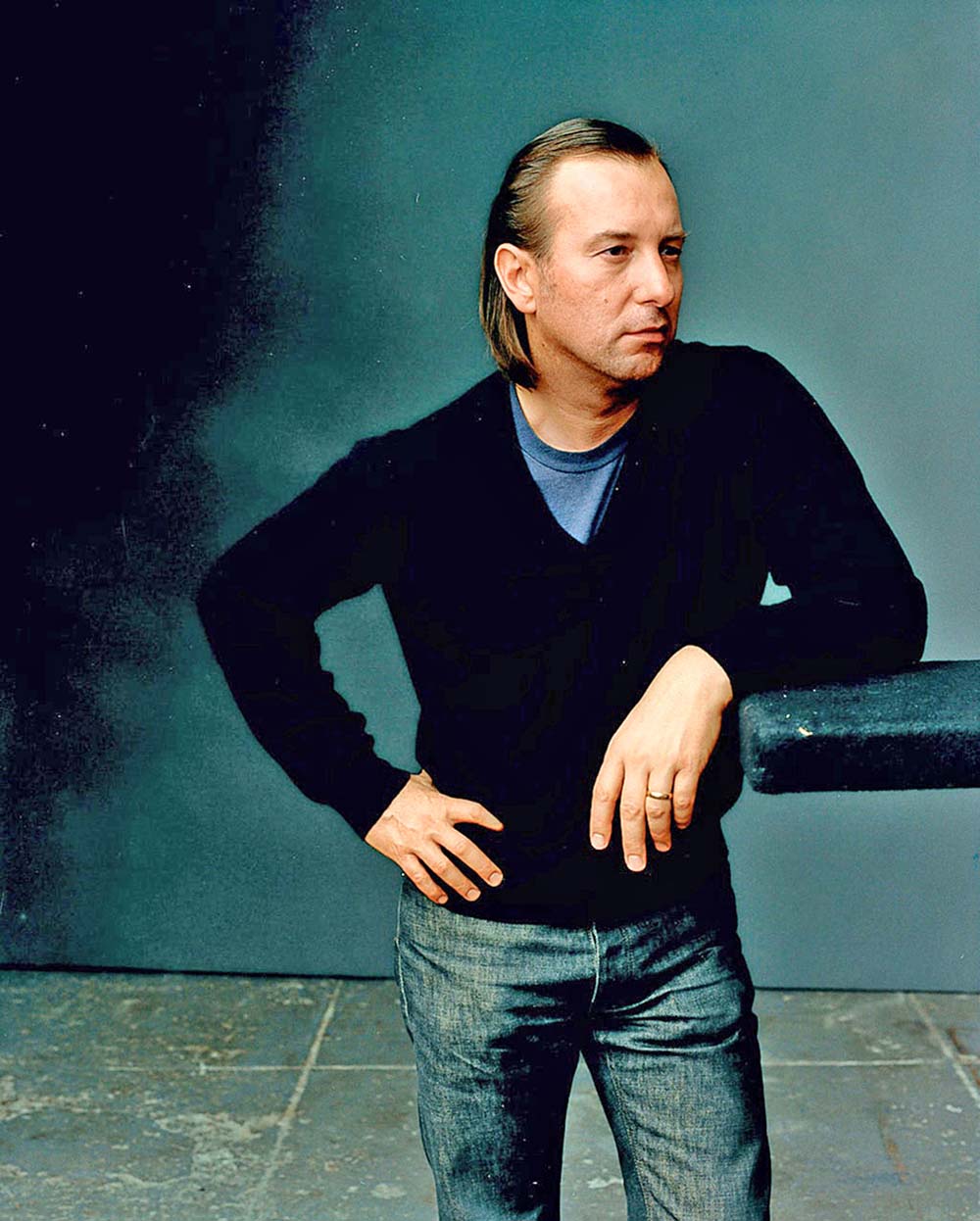
Helmut Lang ad. Vogue, 2000.
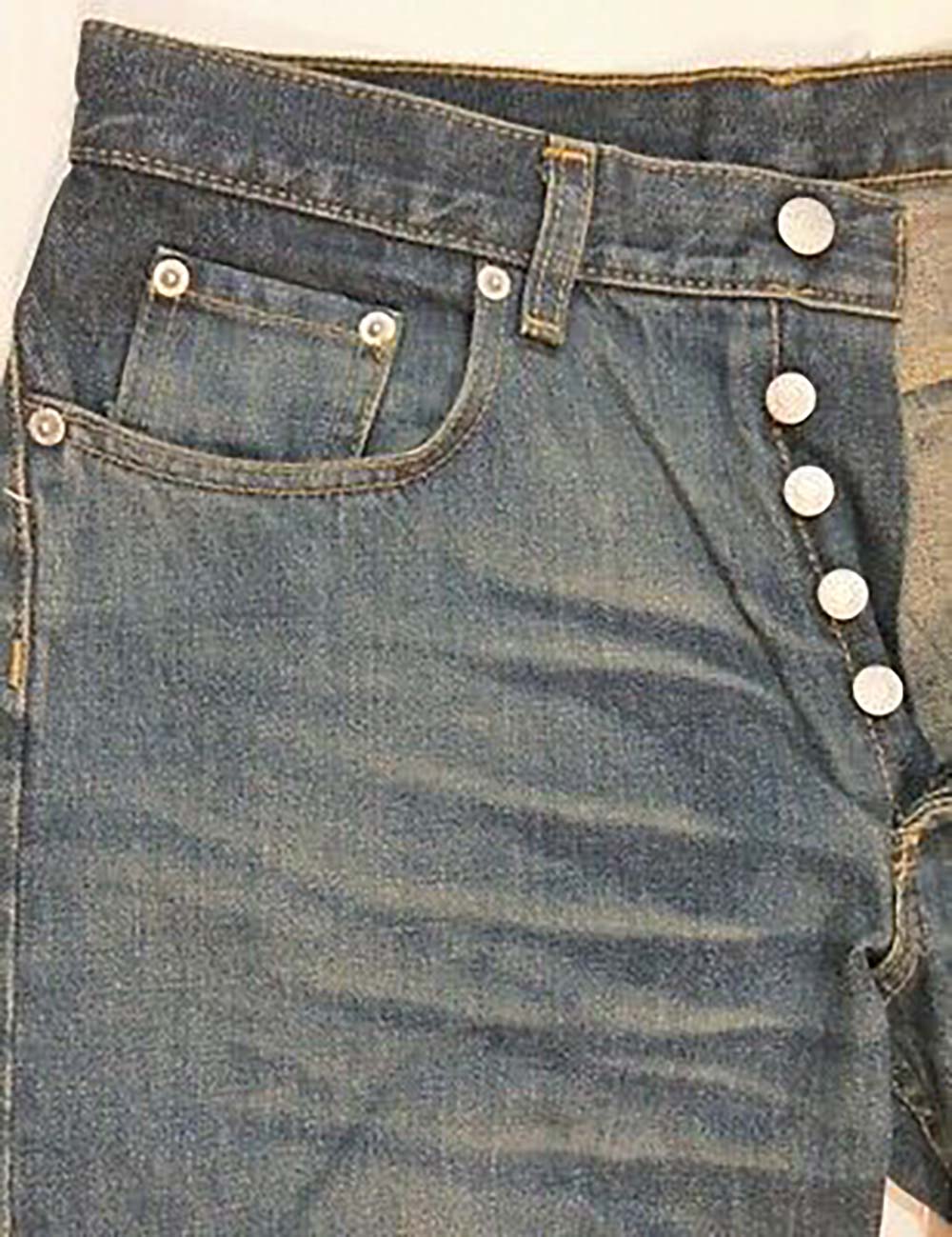
Helmut Lang jeans. [1990?]
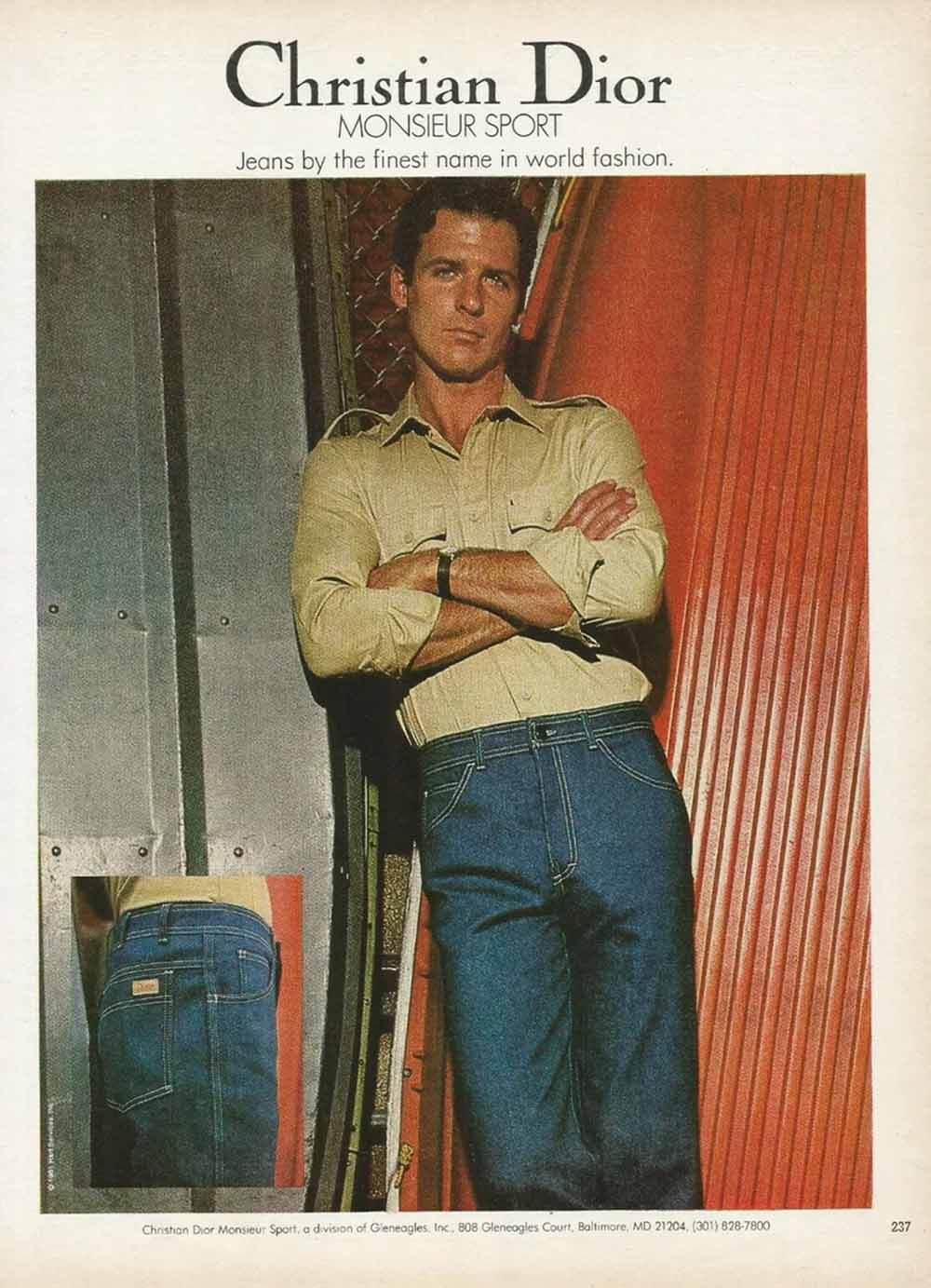
Christian Dior Monsieur ad. 1981.

VAN POUCKE, Serge, phot. GAINSBOURG, Serge, chant. Live show at the Casino de Paris album. 1985.
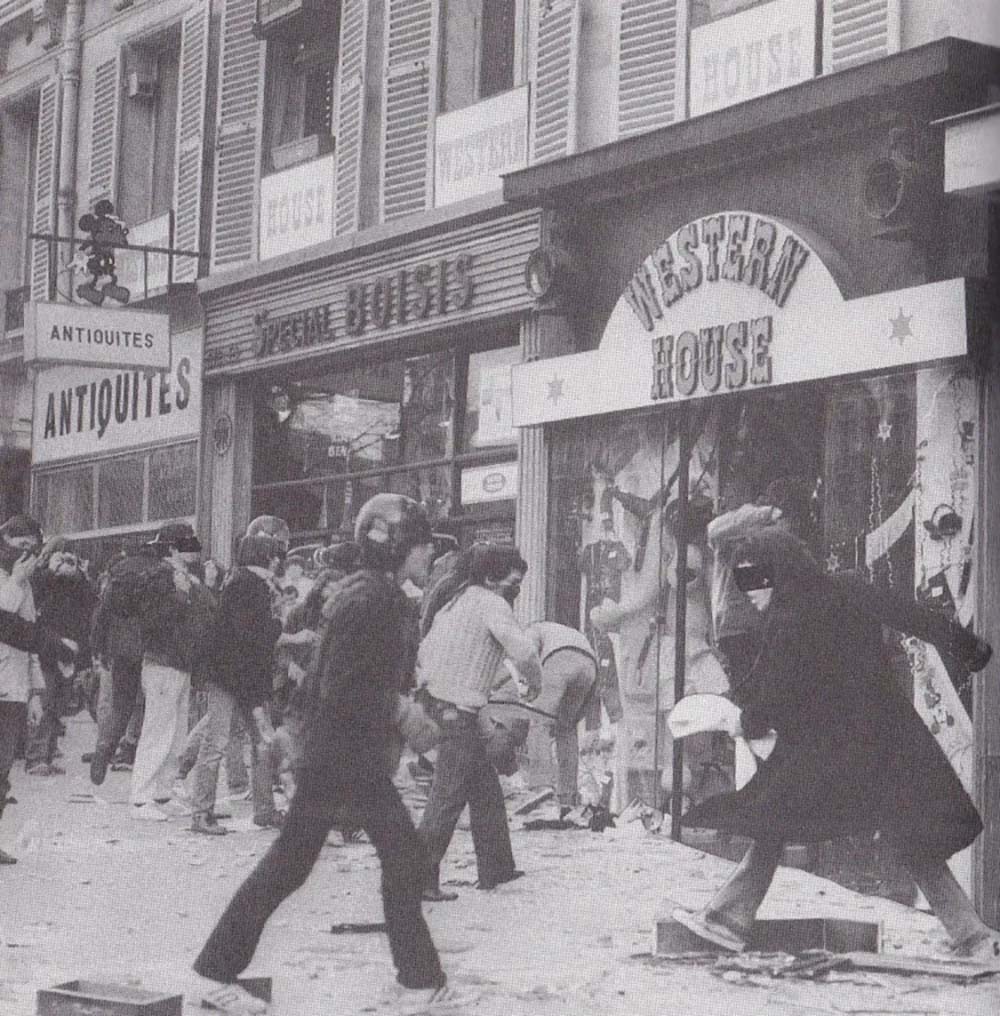
Western House. avenue de la Grande-Armée, Paris, France. May 1968.
- LUCIAN FREUD« from borrowed suits to bespoke tailoring, Freud’s fashion choices evolved with his art »
- DAVID LYNCH« The oddest of Americans, the most American of oddballs, Lynch was a man with a uniform. »
- THE FLARED TROUSER
- BRUMMELL« the most sober, the most strict, the least extravagant man »
